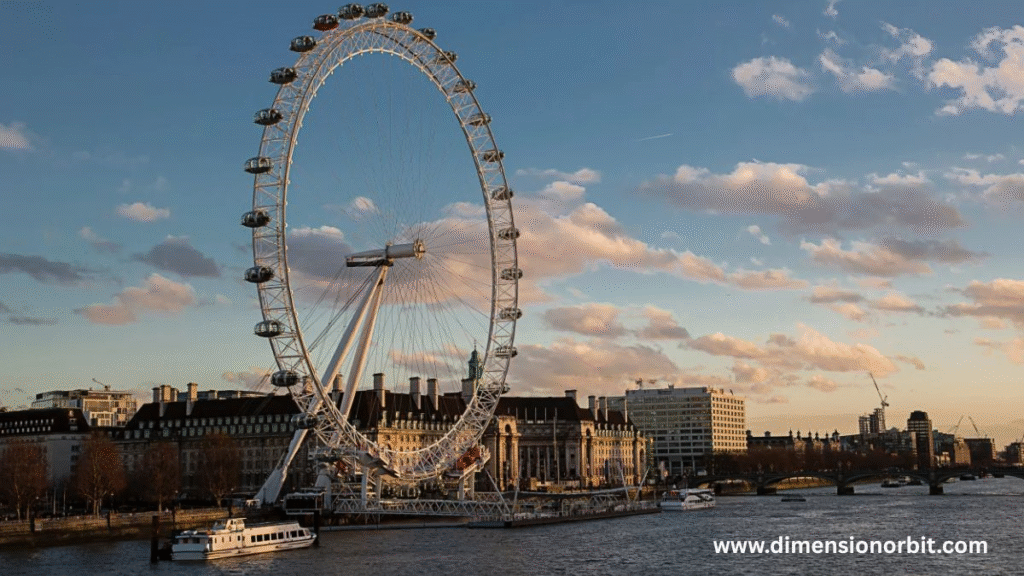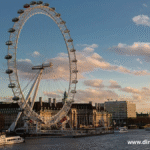If you’ve ever tried to picture things that are 400 feet long, you probably discovered it’s not as simple as it sounds. Four hundred feet is too long to eyeball, too short to call “epic,” and just confusing enough to make you question your sense of scale. You might think, “Sure, I know what 400 ft looks like,” until someone asks you to compare it to a building, a sports field, or anything that isn’t sitting in front of you. That’s when the mental math collapses. Don’t worry this guide breaks it all down with clarity, accuracy, and a few well timed laughs.
400 Feet in Standard Units

Before looking at objects that are 400 ft, it helps to convert the measurement into units used internationally and across different industries. These conversions offer a foundation for interpreting the examples that follow.
Red Bull Can Dimensions A Complete Guide
400 Feet in Miles

A mile contains 5,280 feet.
400 feet = 0.07576 miles
This reference is useful when interpreting walking distances, property measurements, and transportation estimates.
400 Feet in Meters
One foot equals 0.3048 meters.
400 feet = 121.92 meters
This conversion provides clarity for anyone working with metric based calculations in engineering, construction, or scientific measurements.
14 Common Things That Are 20 Meters Long
400 Ft Compared to a Football Field

A standard U.S. football field measures:
- 300 feet of playing field
- 30 feet for each end zone
- 360 feet total
So 400 feet is slightly longer than a full football field, including both end zones. This comparison is one of the most recognized 400 feet comparisons because football field dimensions are standardized nationwide.
400 Feet Compared to City Blocks
City block measurements vary across the United States, but many fall close to the 400 foot range.
| City | Average Block Length |
|---|---|
| Salt Lake City | 400 ft |
| Houston | 350–400 ft |
| Chicago | 330 ft |
| Manhattan | 264 ft |
In many cities, walking one block is roughly equal to walking 300–400 ft, depending on location and local street planning.
These ranges offer strong context for understanding how long 400 ft is in urban environments.
Common Structures and Objects That Are Around 400 Feet Long
The sections below focus on things that are 400 ft long, supported by architectural data, engineering specifications, and regulated sports measurements. Each comparison is selected because it provides a consistent, real-world reference.
Great Pyramid of Giza
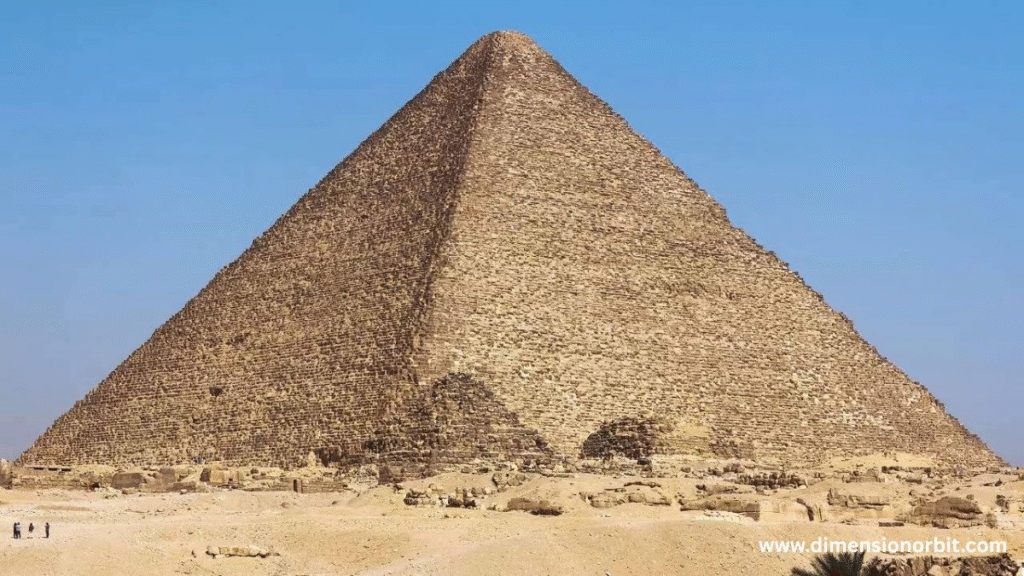
The Great Pyramid of Giza offers one of the most reliable ancient architectural comparisons for understanding what is 400 feet in structural terms.
Key dimensions include:
- Base length: 756 feet per side
- Half-length measurement (center to corner): approximately 378–380 feet
Although the full base length exceeds 400 feet, the half base measurement aligns closely with the 400 foot scale. This creates a useful point of reference when evaluating large structures around 400 ft.
10 Everyday Items That Are 3 Feet Long
Football Field with End Zones
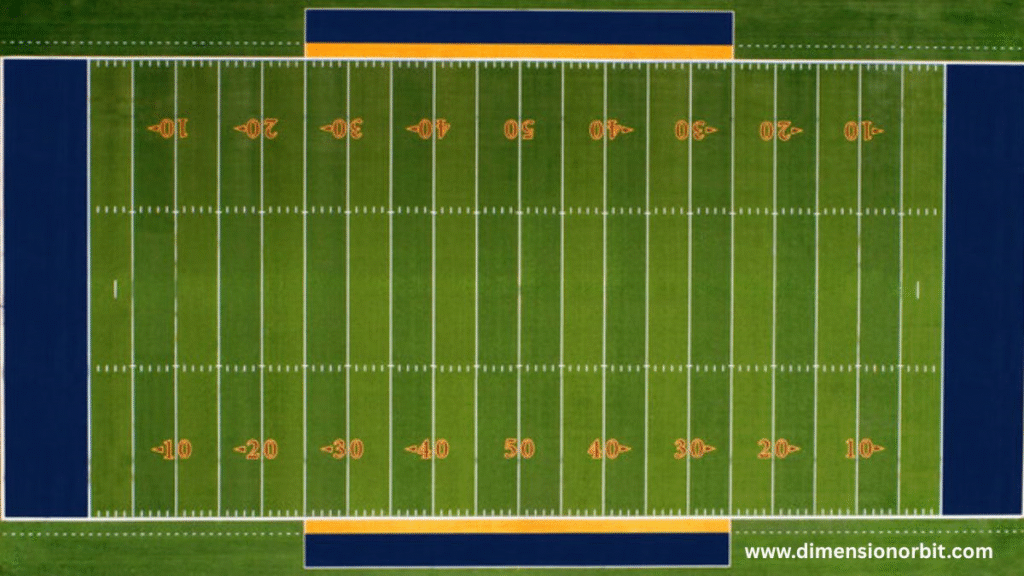
A football field is one of the most consistent and easily understood 400 ft length examples.
Breakdown:
- 100 yards of playing surface = 300 feet
- Two end zones = 30 feet each
- Total = 360 feet
This measurement makes a football field a strong baseline for visualizing 400 ft examples because the structure appears in sporting events, school facilities, and community stadiums nationwide.
Typical U.S. City Block

In many American cities, block lengths fall within the same range as 400 feet. The grid patterns established in the 19th and 20th centuries often standardized block lengths between 300 and 400 feet, depending on zoning regulations and urban planning decisions.
Cities with blocks near 400 feet include:
- Salt Lake City
- Houston
- Phoenix
These measurements help define 400 feet comparisons, particularly in discussions involving land use, walkability, and municipal development.
London Eye
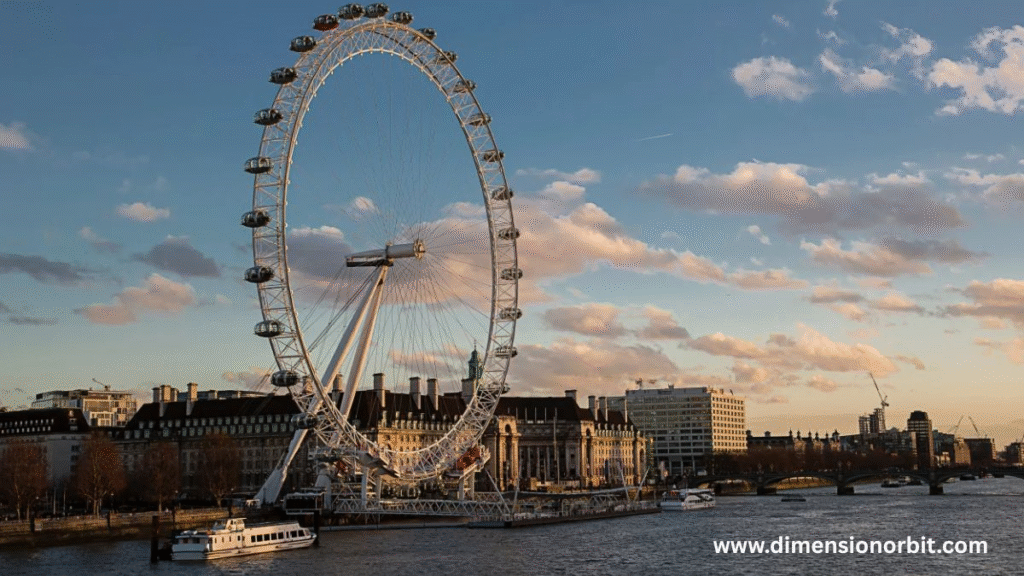
The London Eye provides another clear reference for structures around 400 feet. Its maximum height is approximately 443 feet, placing it slightly above the 400 foot benchmark. Because of its consistent published measurements, it serves as a reliable example when comparing vertical distance to linear length.
This comparison is valuable for anyone looking to understand 400 ft building height in relation to modern architectural structures.
High Voltage Transmission Towers

Large transmission towers designed for extra high voltage corridors frequently reach heights in the 350–450 foot range. Their dimensions vary depending on location, span width, and the voltage carried through the transmission lines.
Applications include:
- River crossings
- Interstate energy distribution
- High capacity long distance transmission
- Specialized tension structures
These installations offer accurate, real world examples of objects that are 400 feet, especially when considering height rather than horizontal length.
Stratolaunch Aircraft Wingspan
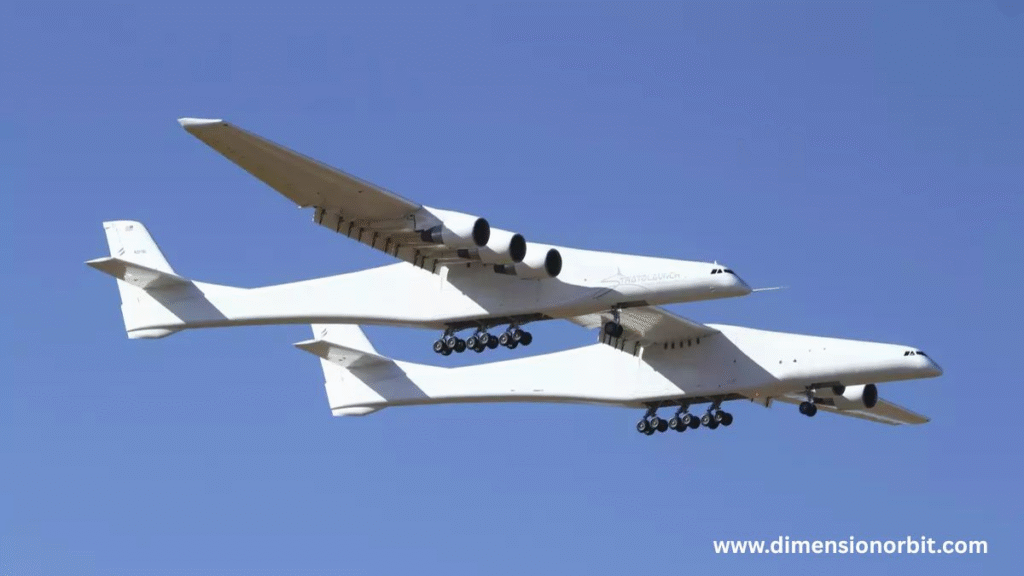
The Stratolaunch Roc features the widest wingspan of any aircraft ever built, measuring 385 feet from tip to tip. This measurement sits just below the 400 foot benchmark, making it one of the closest aviation related references.
Because the wingspan has been precisely documented, it contributes significantly to discussions involving 400 ft examples, particularly in aerospace design and large engineering project comparisons.
Standard School Buses

The standard full sized school bus measures approximately 40 ft in length. When placed in a straight line, ten buses equal 400 feet.
This is one of the most widely used transportation related 400 foot distance examples, because bus dimensions are consistent across most districts. The predictable measurement allows planners and analysts to evaluate staging areas, safety distances, and spatial requirements with clarity.
MLB Center Field Distance

Professional baseball stadiums provide some of the clearest athletic references for 400 ft in sports.
Examples include:
| Stadium | Center Field Distance |
|---|---|
| Yankee Stadium | 408 ft |
| Wrigley Field | 400 ft |
| Fenway Park | 390 ft |
| Dodger Stadium | 395 ft |
These dimensions make baseball fields one of the most direct 400 ft comparisons, particularly when examining regulated sports field measurements.
Mid Sized Submarines
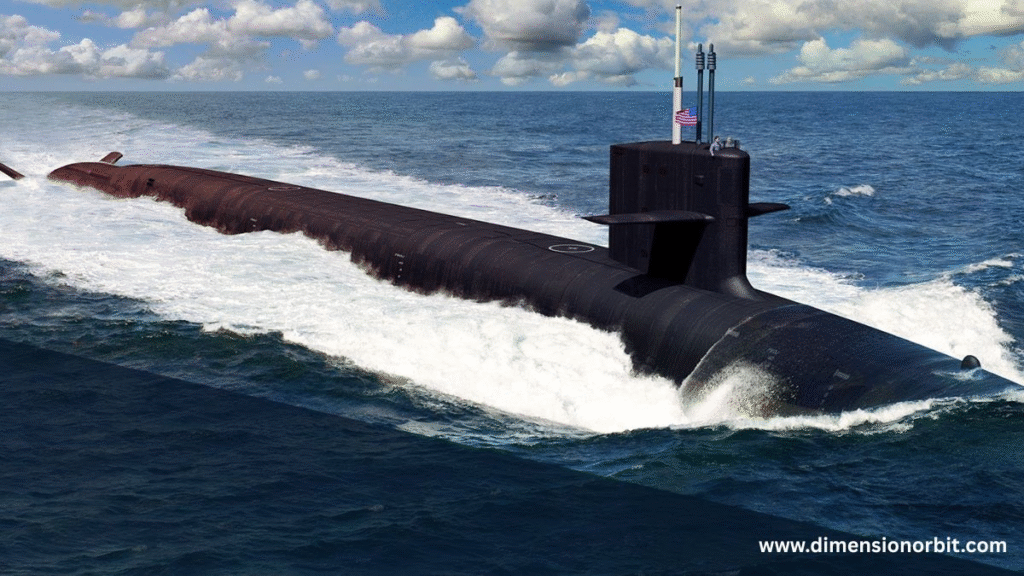
Several classes of naval submarines align closely with the 400 ft scale.
Measured lengths include:
- Virginia class attack submarine: 377 ft
- Los Angeles class attack submarine: 360 ft
- Astute class submarine (UK): 318 ft
While not all models fall within the exact range, these measurements demonstrate how many operational vessels are designed near the 400 foot mark, providing useful objects that are 400 ft for engineering and military related discussions.
Story Buildings

In commercial construction, building height is often calculated based on the average height per floor, which typically ranges from 10 to 14 feet.
Breakdown:
- 30 stories = approximately 300–360 Story Buildings
- 35 stories = approximately 350–420 feet
Because of this consistency, mid rise commercial buildings are reliable examples when evaluating structures around 400 feet. The range also provides a clear reference for understanding how big 400 ft is visually in urban environments.
Additional Spatial Comparisons for Understanding 400 Feet

Although not exact matches, several standardized measurements fall within the range and provide valuable context for interpreting how far is 400 ft.
Running Track Straightaway
A standard outdoor running track has a straightaway of 100 meters, or 328 feet, slightly below 400 feet but still a useful comparative reference.
Soccer Field Dimensions
Professional soccer fields typically range from 350 to 390 feet in length. While not a perfect match, this range demonstrates how many regulated sports facilities approach the 400 foot scale.
Large Marine Animals
An adult blue whale measures approximately 80 to 100 feet. Four whales aligned would approximate 400 ft, offering a biological reference point for interpreting the distance.
These comparisons assist in developing a clearer interpretation of how big 400 ft is visually, without relying on informal examples.
Digital tool
Digital tools like Feet and Inches Calculator can convert inches to centimeters or feet instantly. Many smartphone apps now offer augmented reality measuring features, allowing you to gauge objects virtually and compare them to known lengths.
FAQs
How long is 400 feet to walk?
At an average walking pace of 3 miles per hour, you walk approximately 264 feet per minute.
Walking 400 ft takes about 1.4 to 1.6 minutes, depending on stride length and speed.
How many yards is 400 feet?
There are 3 feet in a yard.
400 feet = 133.33 yards
Is 400 feet the same as 400 yards?
No.
- 400 feet = 133.33 yards
- 400 yards = 1,200 ft
These units differ significantly.
How many stories equal 400 feet?
A building between 30 and 35 stories typically falls between 350 and 420 feet, depending on floor design and structural layout.
What does 400 feet look like in real life?
It aligns closely with:
- The length of a long city block
- A football field plus end zones
- The distance to deep center field in many MLB stadiums
- The height of a mid rise commercial building
These references provide practical visual clarity.
Conclusion
Understanding how long 400 feet is becomes much clearer when you compare it to consistent measurements used in construction, sports, aviation, engineering, and urban design. The examples discussed ranging from transmission towers and mid sized submarines to football fields and city blocks provide accurate points of reference that make the distance easier to interpret. When you evaluate these 400 ft examples together, the scale becomes practical rather than abstract. Whether you’re planning a project, reviewing structural dimensions, or analyzing spatial layouts, having reliable comparisons helps you visualize 400 ft with confidence and precision.

Jhon AJS, the author of Dimension Orbit, is an experienced blogger fascinated by the mysteries of existence. He explores every type of dimension from scientific to spiritual with clarity and creativity. Jhon’s engaging writing style invites readers to think deeper, question reality, and discover new perspectives on the universe.

